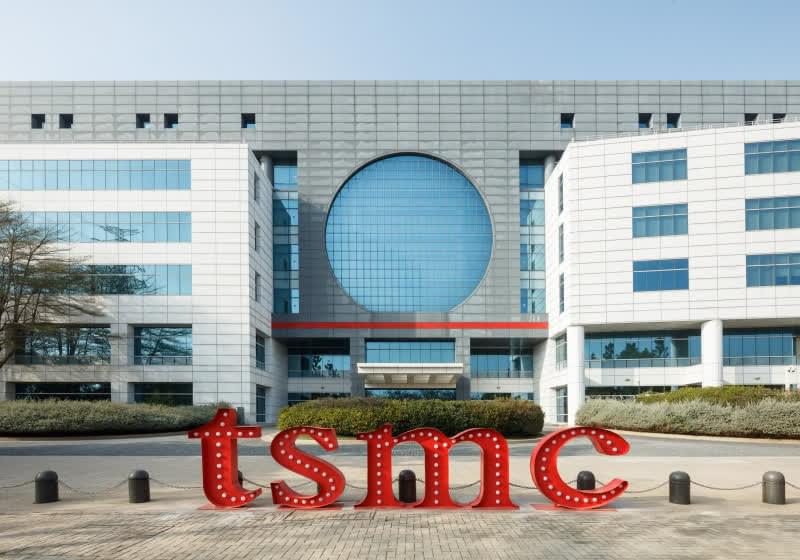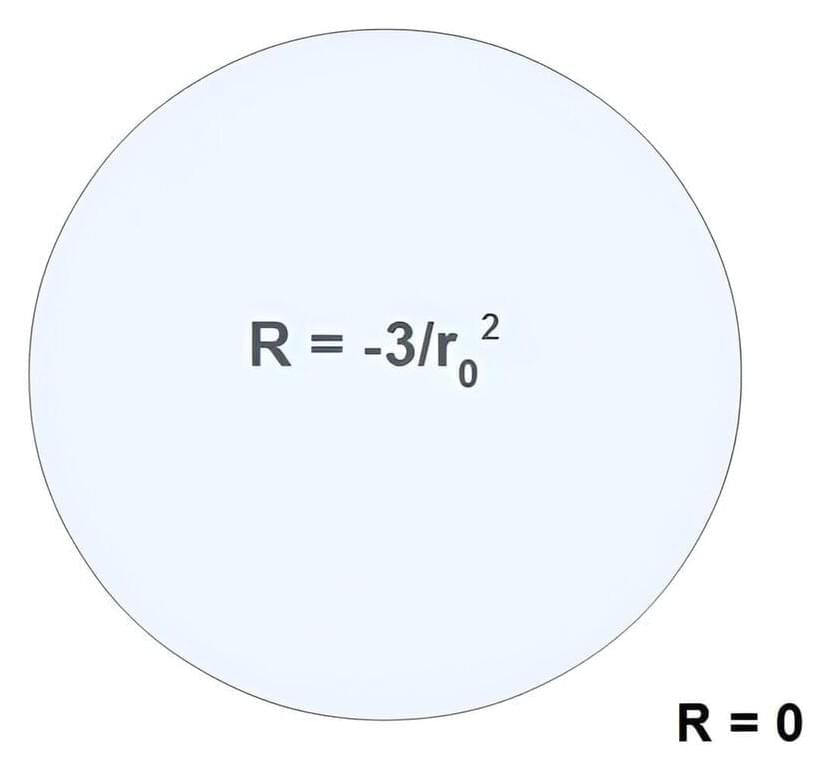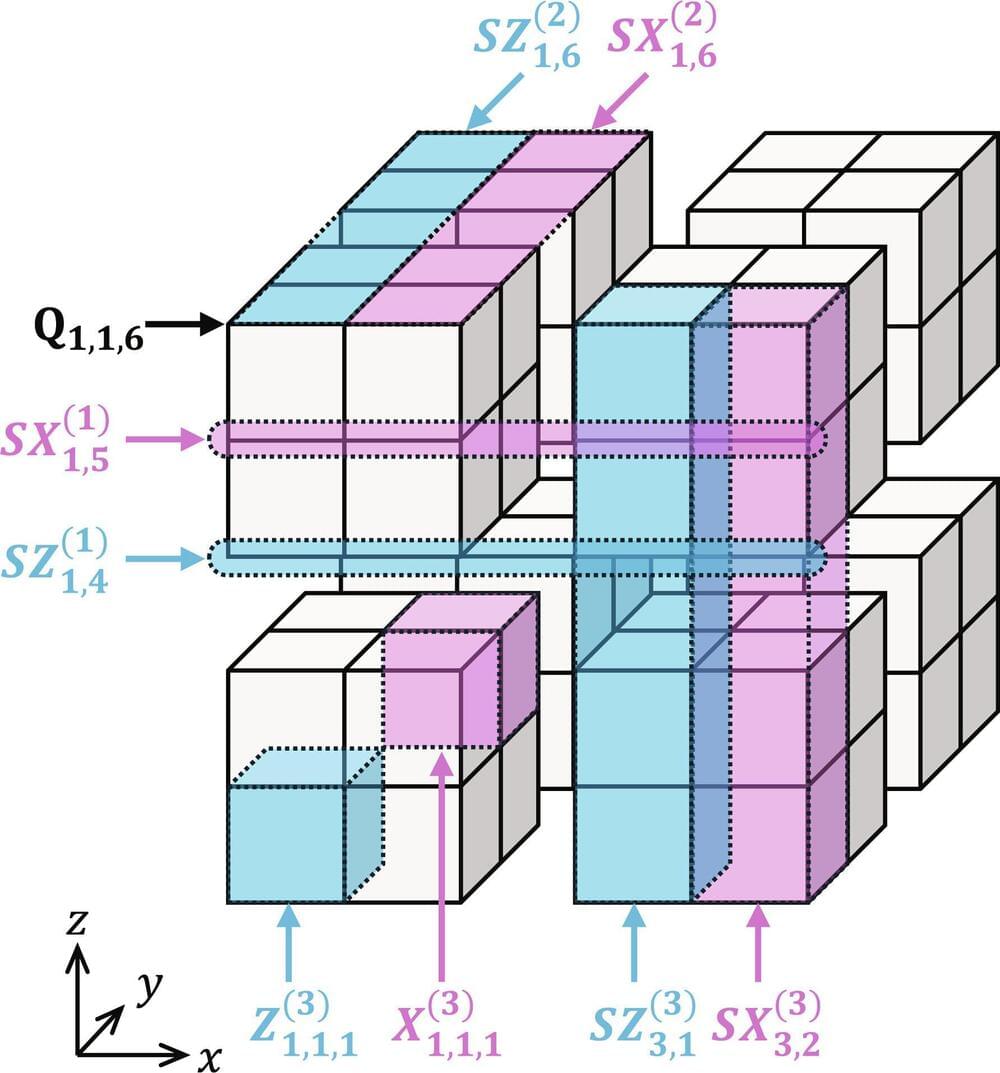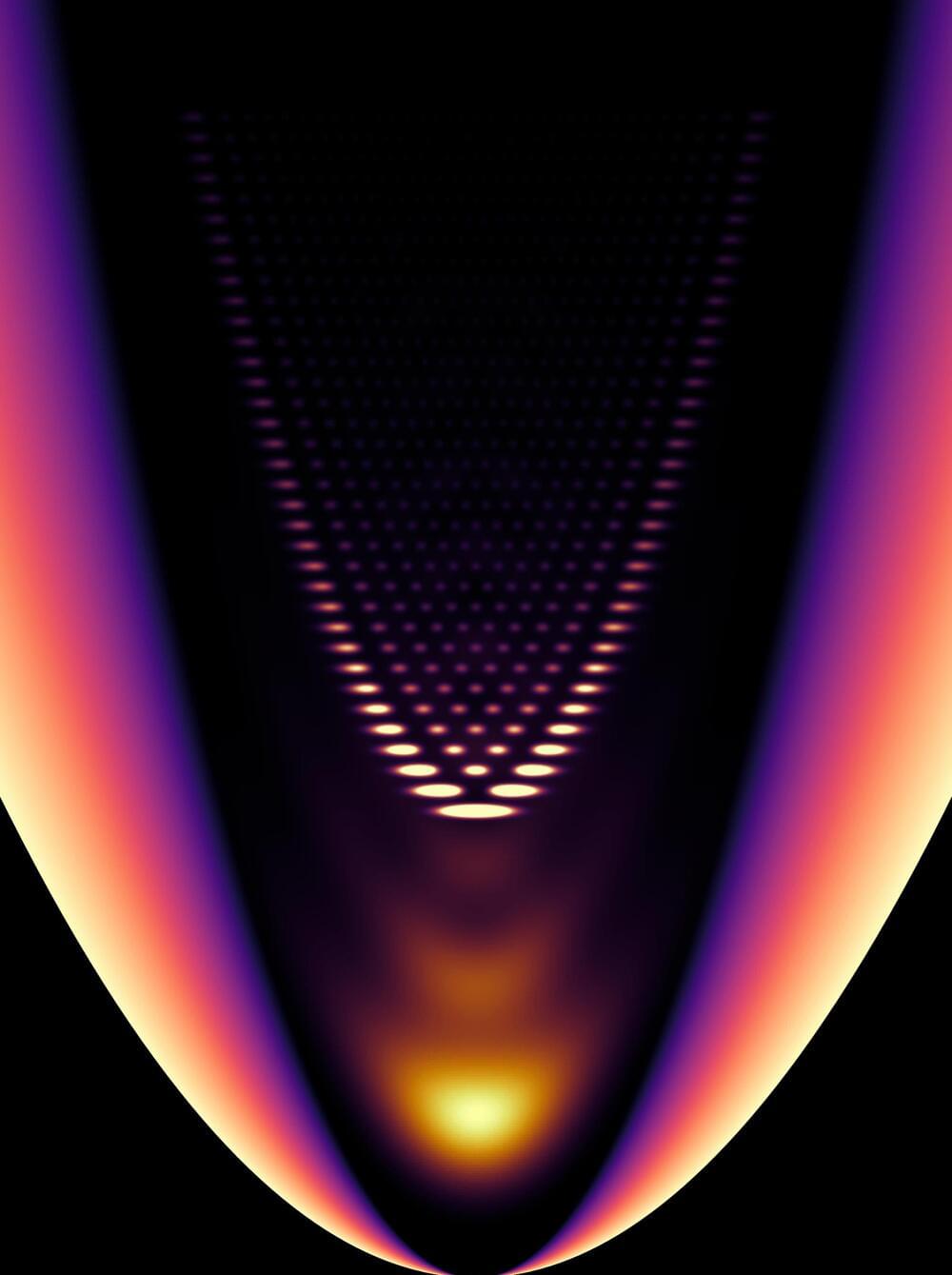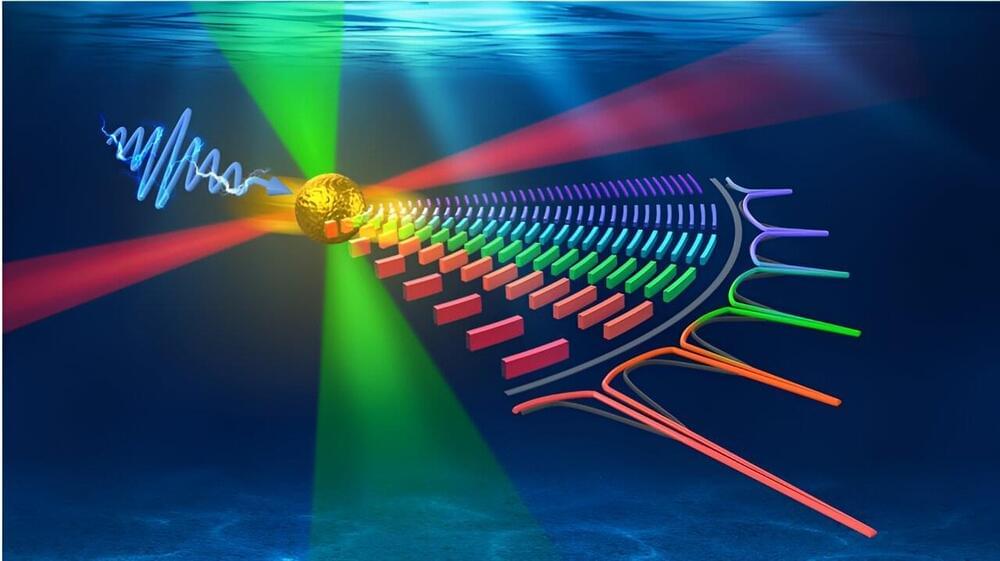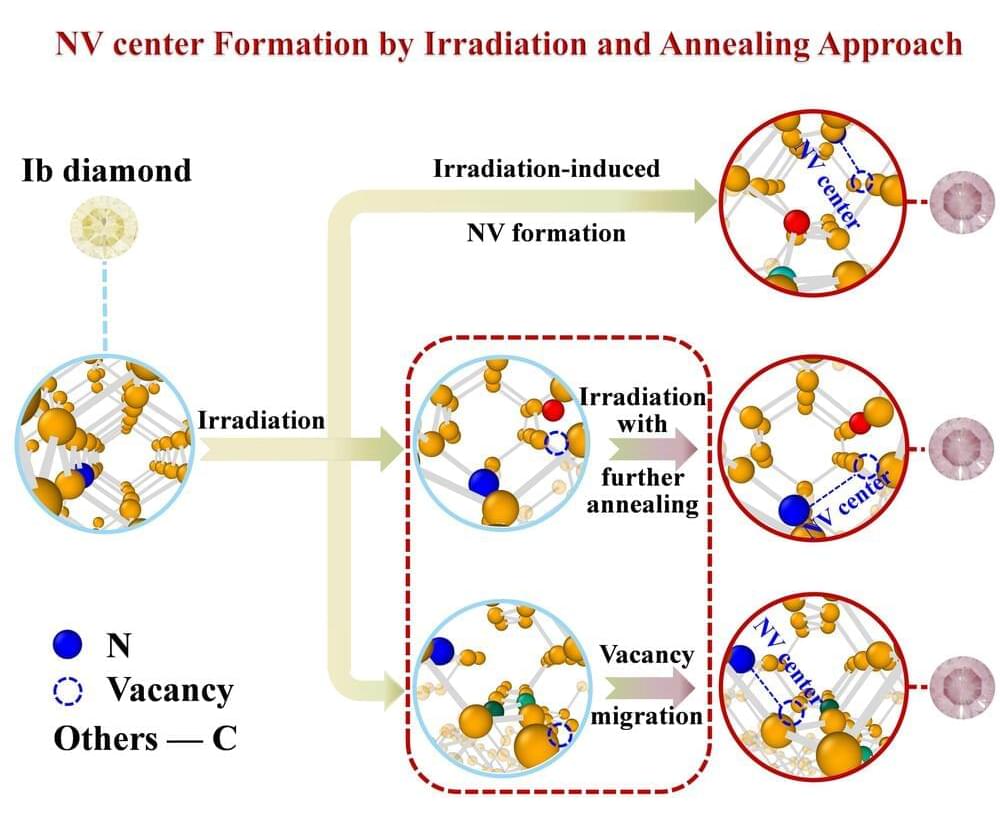Sep 8, 2024
TSMC’s $65 billion Arizona facility can now match Taiwan production yields according to early trials
Posted by Shailesh Prasad in categories: engineering, government
The big picture: The US is committed to establishing semiconductor manufacturing within its borders, and perhaps no effort is more crucial to this goal than TSMC’s three-fab facility in Arizona. The government is pouring billions into the development, alongside TSMC’s $65 billion investment.
Taiwan Semiconductor Manufacturing Co. has reached a significant milestone in its expansion into the US. Recent trial production at the company’s new Arizona facility has yielded results comparable to those of its established plants in Taiwan, according to Bloomberg, which cited a person familiar with the company who requested anonymity. This development is a positive sign for the chipmaker’s ambitious US project, which has faced delays and doubts about whether it could match the production efficiency of its Taiwanese operations.
The Arizona plant began engineering wafer production in April using advanced 4-nanometer process technology. With production yields now on par with its facilities in Tainan, Taiwan, TSMC should be able to maintain its targeted gross margin rates of 53 percent or higher.
